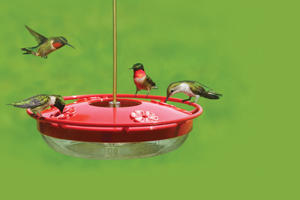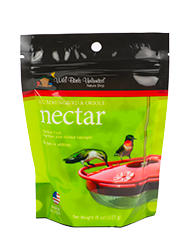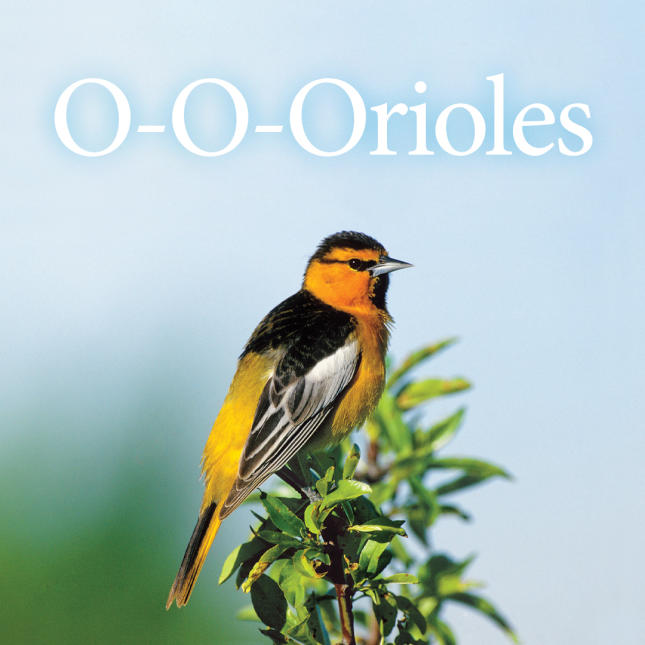Hummingbirds Have Arrived!
Attract Hummingbirds to Your Backyard
Hummingbirds are found in most habitats across North America, including backyards. Offering nectar feeders and nectar-producing plants will help you maximize the number of hummingbirds that visit your yard.

Recommended Feeders
We recommend using the Wild Birds Unlimited Hummingbird Feeder to attract the most hummingbirds to your yard. Designed to appeal to hummingbirds, this feeder allows them to hover or perch while feeding. It does not leak! Bees can’t access the nectar and the built-in ant moat deters ants. The feeder is easy to clean and the nectar recipe is printed under the lid.
The Wild Birds Unlimited Decorative Window Hummingbird Feeder is based on our standard feeder and brings the birds in for closer views. Watch their tongues lap up the food, darting in and out of the nectar solution up to 12 times per second. It is the only window hummingbird feeder that contains an ant moat.
We offer assorted decorative glass or ceramic hummingbird feeders. They are beautiful for you and functional for the birds.

Recommended Items
Offer our Wild Birds Unlimited Nectar or mix up your own water and sugar (4:1 ratio). Clean nectar feeders every two to four days; then fill with fresh nectar solution to keep the birds healthy. Use the Wild Birds Unlimited Nectar Port Brush to keep your feeder clean and presentable for hummingbirds. Keep ants out of non-WBU nectar feeders with the Trap-It Ant Moat.
They're Back! Fun Facts About Orioles
Orioles are insect and fruit eaters. They usually stay hidden in the trees eating and singing their beautiful whistling notes. They can be drawn down from their perches with foods like orange slices, grape jelly, mealworms and nectar feeders. When not feeding on nectar, orioles seek out caterpillars, fruits, insects, and spiders. Bullock’s Orioles may feed almost entirely on grasshoppers when they are plentiful, one bird was found to have feasted on 45 of them in one day!
The Oriole nest is an engineering masterpiece. They weave a hanging-basket nest with plant fibers, grasses, vine and tree bark and sometimes string or yarn placed out on the small twigs of a branch 6-45 feet in the air. This keeps them safe from most predators.
The female Bullock’s Oriole is the primary nest weaver, but she may get some help from her mate in both the weaving and collection of nest material. Only the female incubates and broods, both feed the young.



